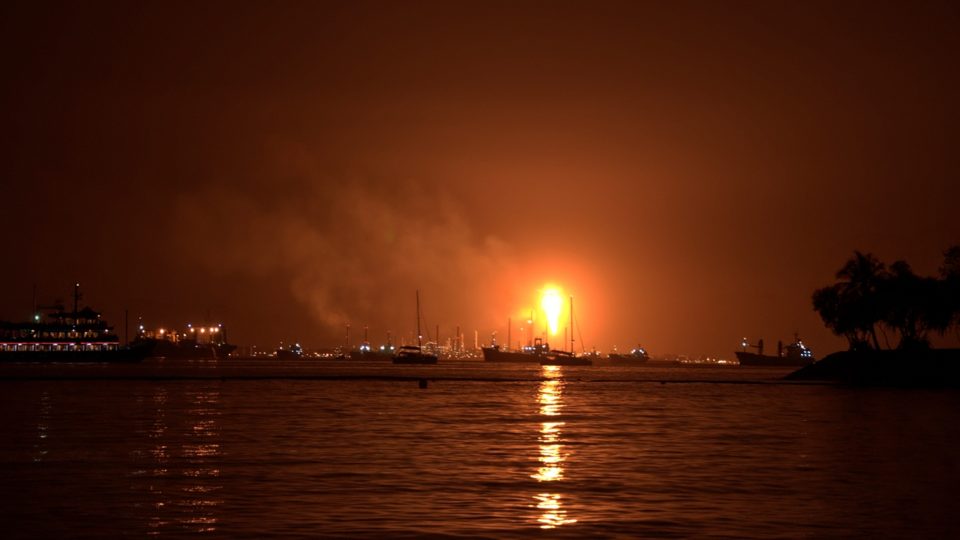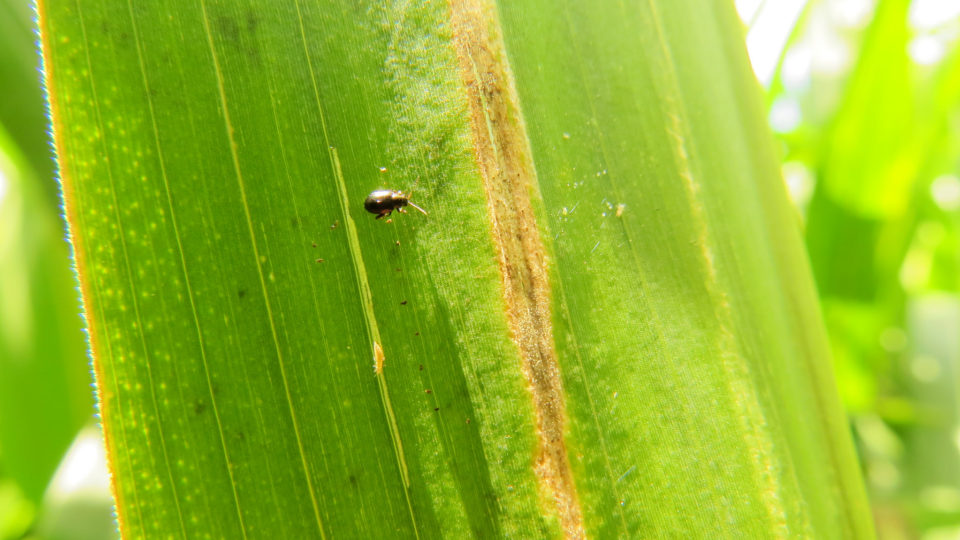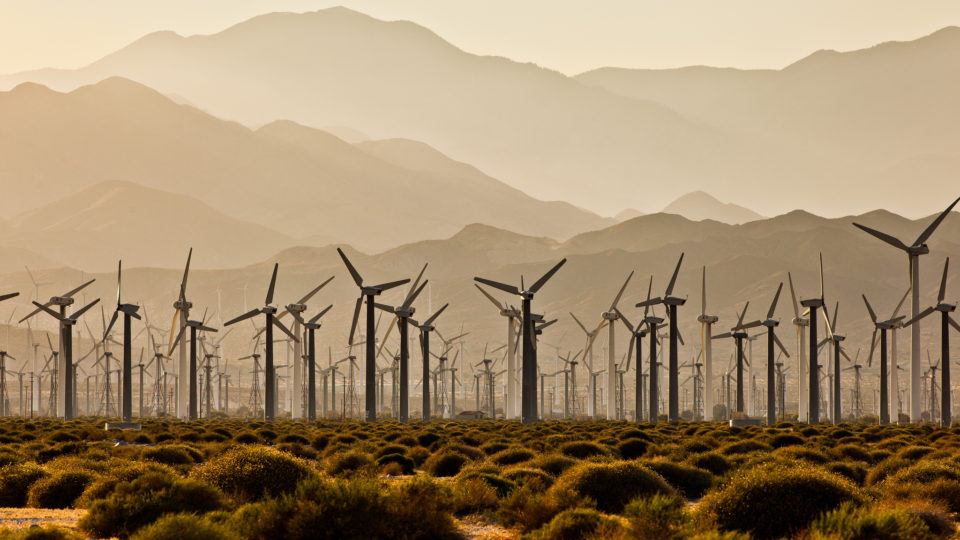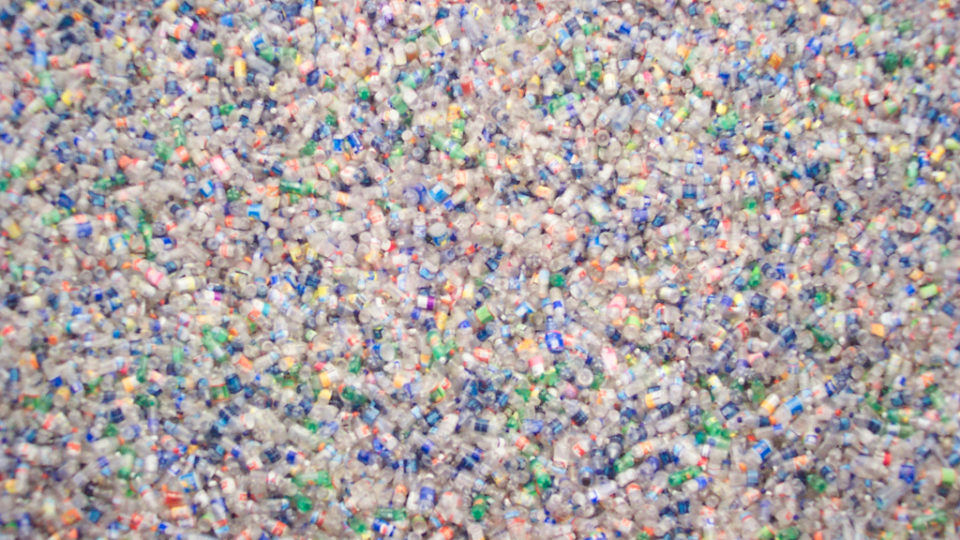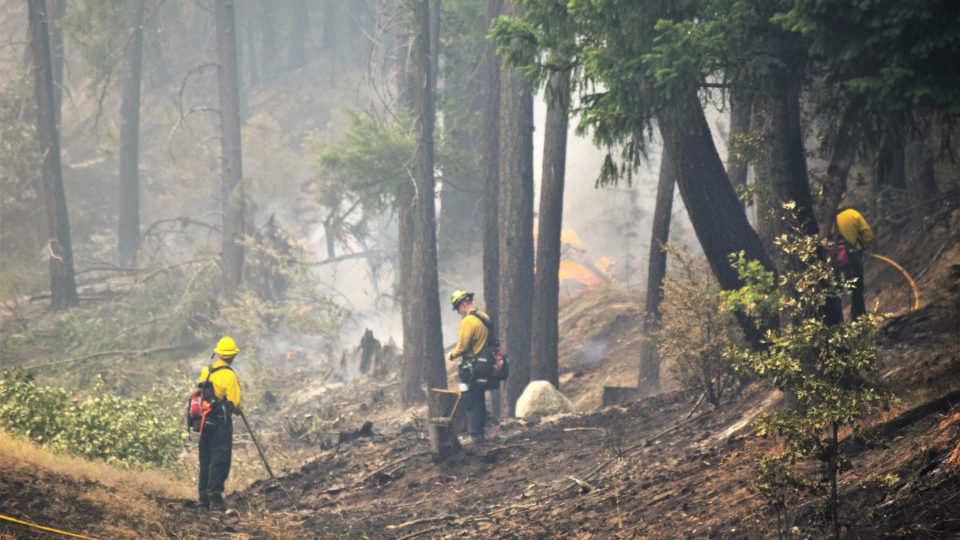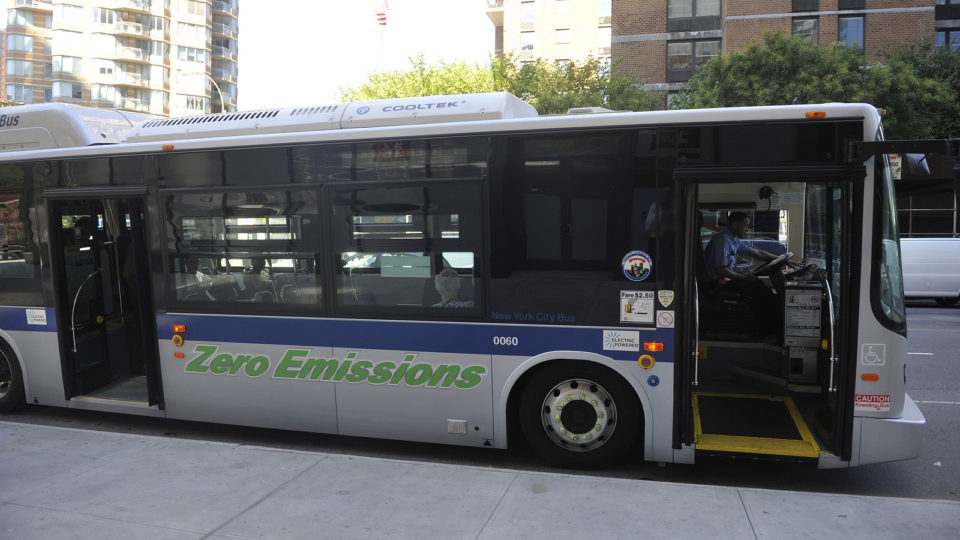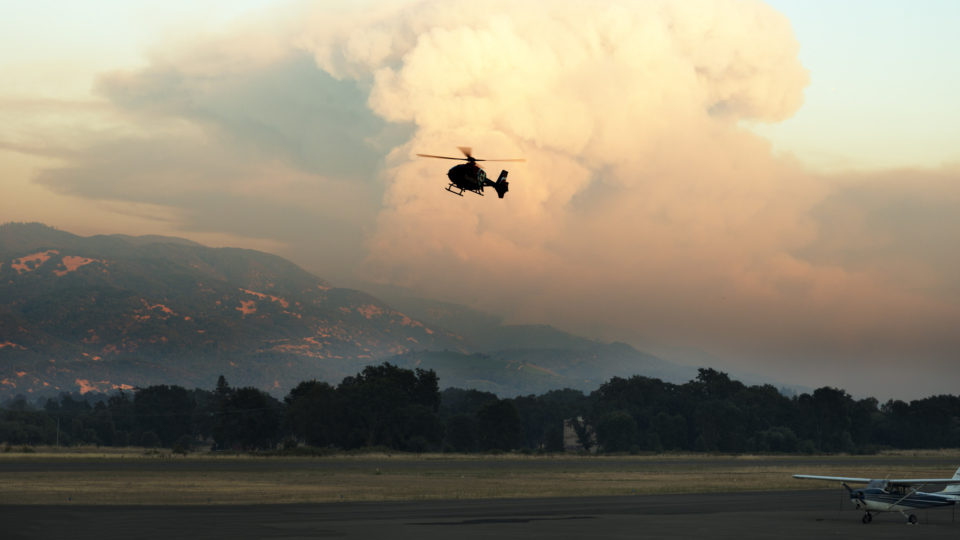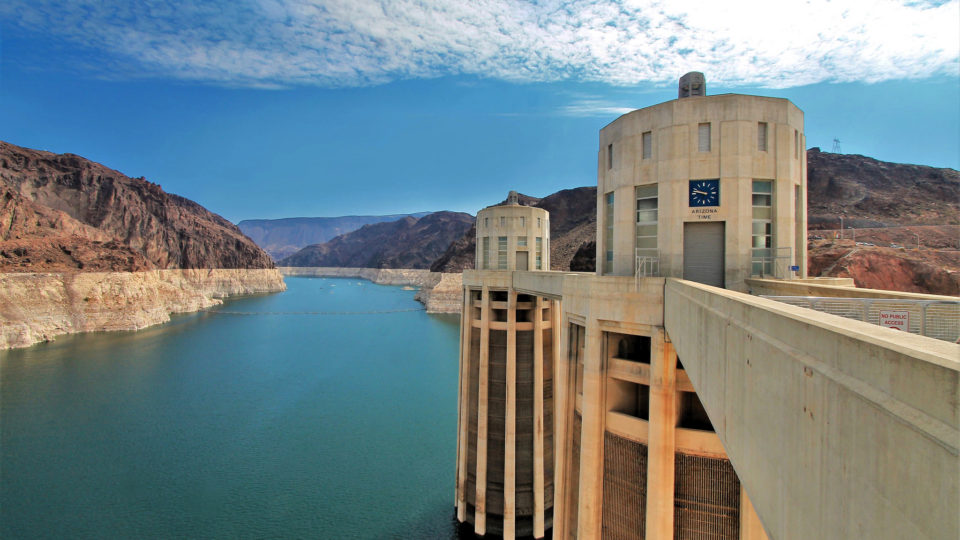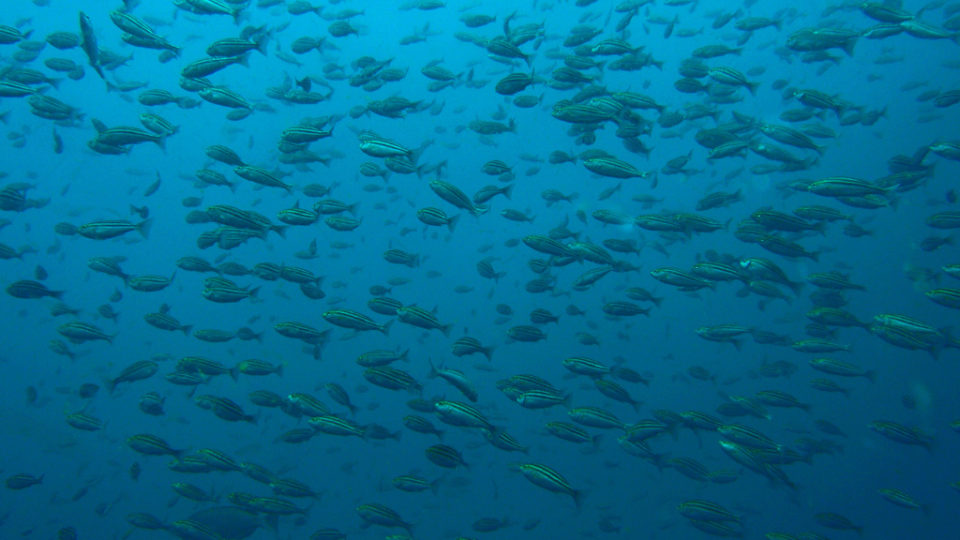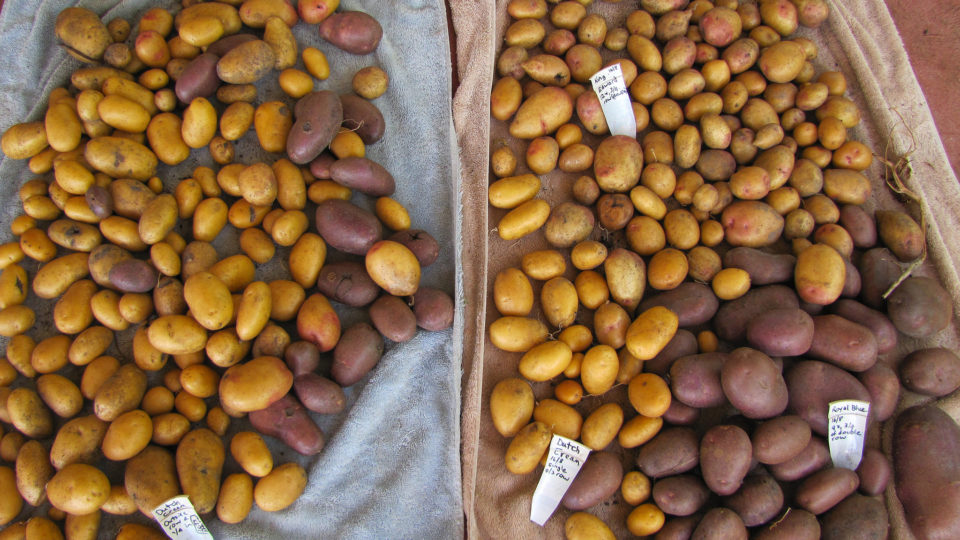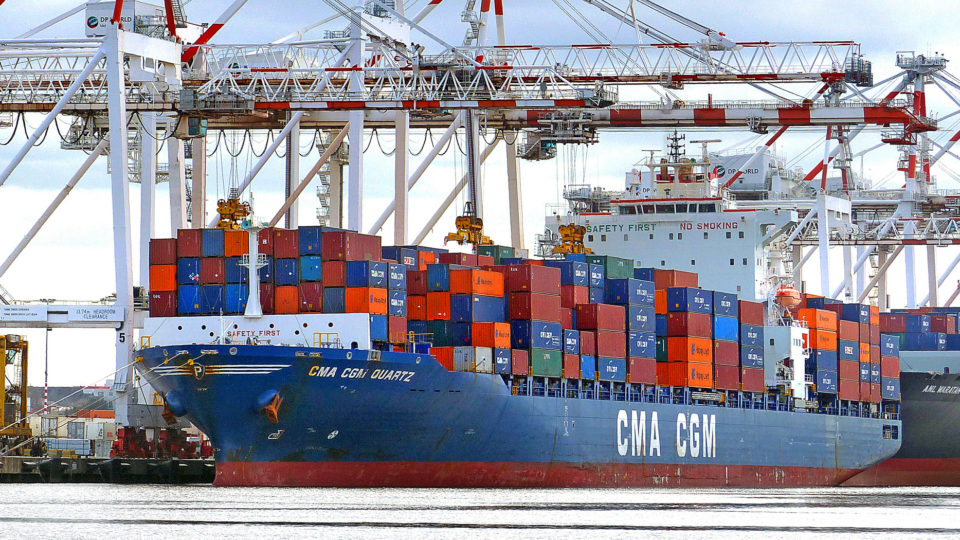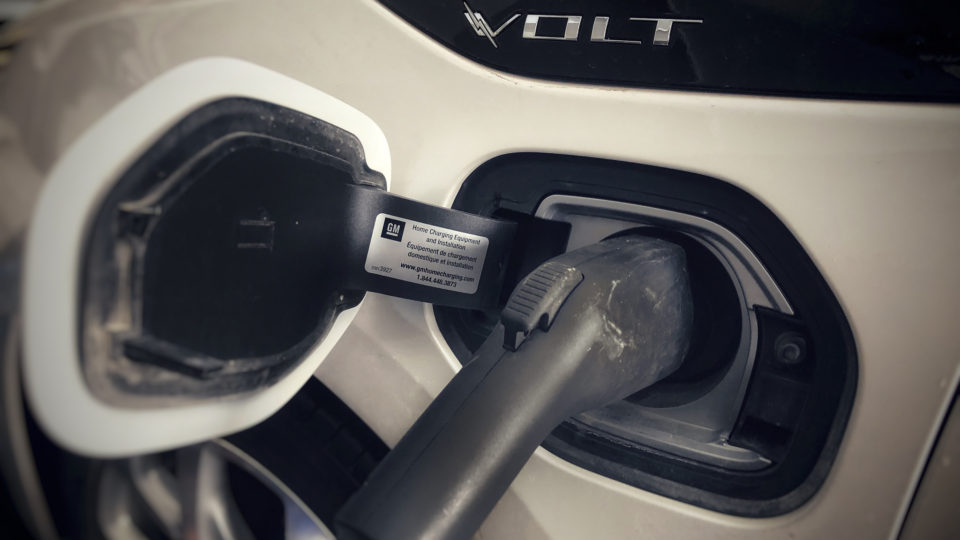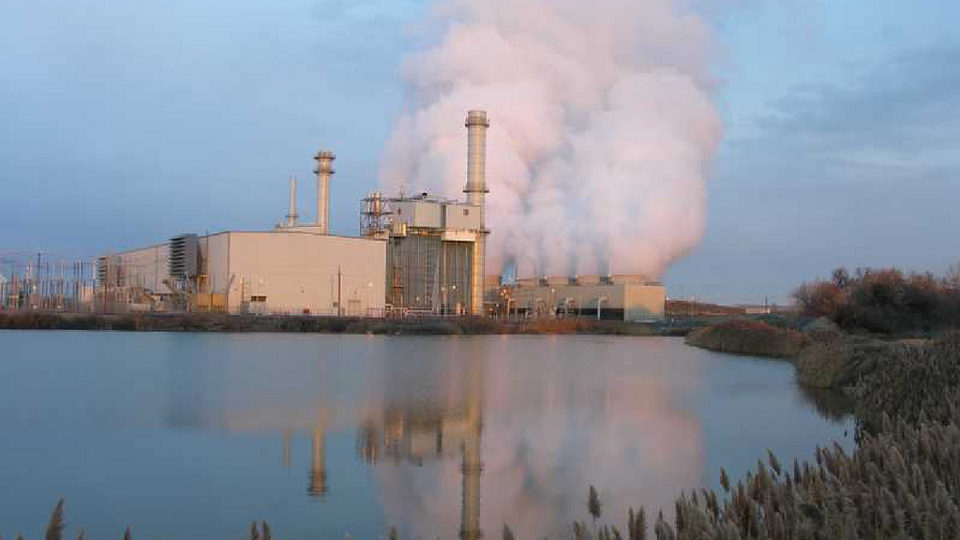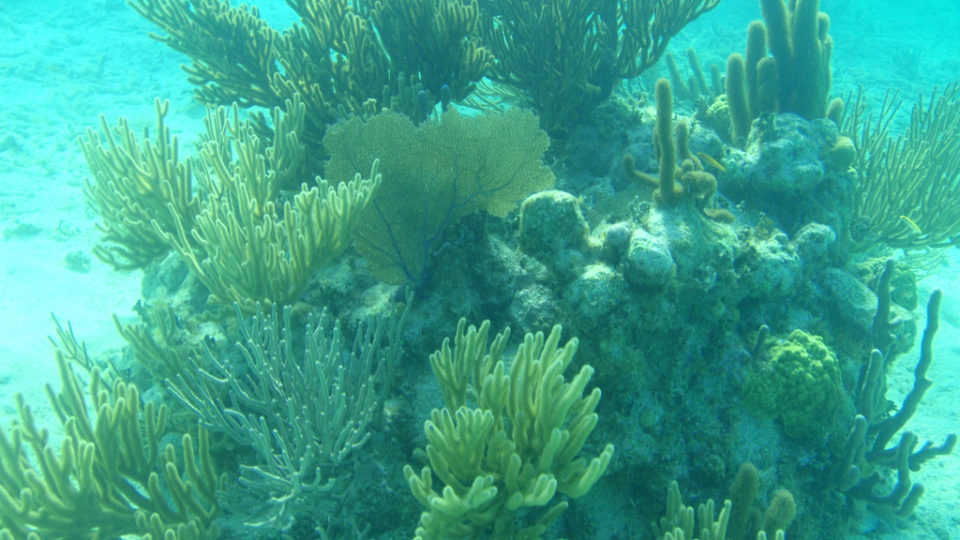environment
Where Does The Plastic Go?
The glut of plastic in the oceans is a global problem. About 9 million tons of plastic enter the oceans each year. Much of it is discarded fishing gear, plastic bags, and other macroscopic objects. But a great deal of it is in the form of microplastics or small particles. Some microplastics come from cosmetics and other products containing them but a lot of them are the result of larger plastic objects breaking down into small particles.
The Problem With Flaring
Oil and gas are typically produced together. If oil wells are located near gas pipelines, then the gas gets used. But if the wells are far offshore, or it is not economical to get the gas to market, then oil companies get rid of the gas by burning it – a process known as flaring.
Earthquakes And Injection Wells
The expanded use of injection wells and fracking has brought about a significant increase in earthquakes in places that didn’t have very many before. Wastewater injection in Oklahoma increased earthquake totals from dozens per year to over 900 in 2015 before collapsing oil prices reduced the use of the technique. Increased earthquakes in Alberta, Canada were triggered by fracking in that area.
Pests And Crops In A Warming World
By the year 2050, scientists predict that there will be two billion more people to feed in the world. And climate change isn’t making that task any simpler. From extreme weather events to rising global temperatures, climate change is expected to affect the types of food we grow, and to negatively affect the food production needed to feed the growing population.
California vs. Fossil Fuels
California has led the way in deploying and committing to clean energy for a long time. In August its legislature strengthened that commitment by passing a bill to stop using fossil fuels entirely by 2045. It is the second state to do so, following Hawaii. The bill still needs to be passed by the Senate and signed by the governor. Both actions are expected to occur.
Unexpected Effects Of Climate Change
The effects of climate change are discussed all the time. We hear a lot about rising seas, extreme weather events, and so on. And mostly, the weather gets warmer. Heatwaves are increasingly common and longer and stronger.
Designing Plastic To Fall Apart
In the 1940s and 1950s, synthetic polymers became very popular. These man-made materials were designed to be cheap and durable and soon began replacing metals and glass in everything from automobiles and airplanes to bottles and dishes.
Yet Another Hot Year
This summer has seen record heat in many places and some record-breaking wildfires. In short, it looks a lot like the future that scientists have been warning about in the era of climate change. And still some people continue to argue about whether anything is happening to the climate.
Emissions From Electric Buses
Municipalities and transit agencies are gradually replacing conventional diesel buses with cleaner alternatives such as natural-gas-powered, diesel-electric hybrid, or fully electric buses. The goal is to reduce the substantial carbon emissions associated with buses as well as reducing unhealthy air pollution. Diesel buses on average get less than 5 miles per gallon as they transport passengers around, so there is plenty of motivation to find more efficient ways to power them.
Fires And Atmospheric Cooling
Aerosols – tiny particles in the atmosphere released from fires and other sources – can cool the planet by reflecting sunlight back into space and by increasing cloud brightness.
Hoover Dam As A Giant Battery
Back in the 1930s, building Hoover Dam was a public works project likened to the pyramids. Hoover Dam helped transform the American West, harnessing the force of the Colorado River to power millions of homes and businesses.
Fish And Their Sense Of Smell
We use our sense of smell for all sorts of things, like locating food and habitat, avoiding danger, and so on. Fish do as well. But instead of smelling scent molecules in the air like humans do, fish use their nostrils to sense chemicals suspended in water.
New Zealand Bans Plastic Bags
In an effort to tackle plastic pollution, New Zealand is joining a growing list of countries banning single-use plastic bags for good. Prime Minister Jacinda Ardern says in a press statement that the ban was necessary to safeguard New Zealand’s clean and green reputation.
Global Warming And Air Conditioners
All those record high temperatures around the world this summer – such as during the unprecedented heatwave in Japan – put the spotlight on the growing dependence we all have on air conditioning.
Drought In Europe
Even as Californians fought giant wildfires and Japan struggled with record high temperatures, the unusual summer heat in central and northern Europe has led to the worst drought conditions in over 40 years.
Cleaning Up Shipping Fuel
Cargo ships are significant sources of global air pollution because of their fuel oil. Most ships burn something called “bunker fuel” which is a pitch-black, molasses-thick fuel made from the dregs of the oil refining process. It is loaded with sulfur, so when it is burned it produces noxious gases and fine particles that can harm human health and the environment. Because bunker fuel is made from petroleum refining residues, waste byproducts sometimes end up in the mix, making the stuff even a worse source of pollution.
A Battle For The Automobile Fuel Business
Energy giant BP predicts that electric vehicle sales will increase by an incredible 8,800 percent between now and 2040. That creates a major business opportunity for oil companies as well as a real problem because demand for gasoline and diesel is destined to slow.
[Read more…] about A Battle For The Automobile Fuel Business


